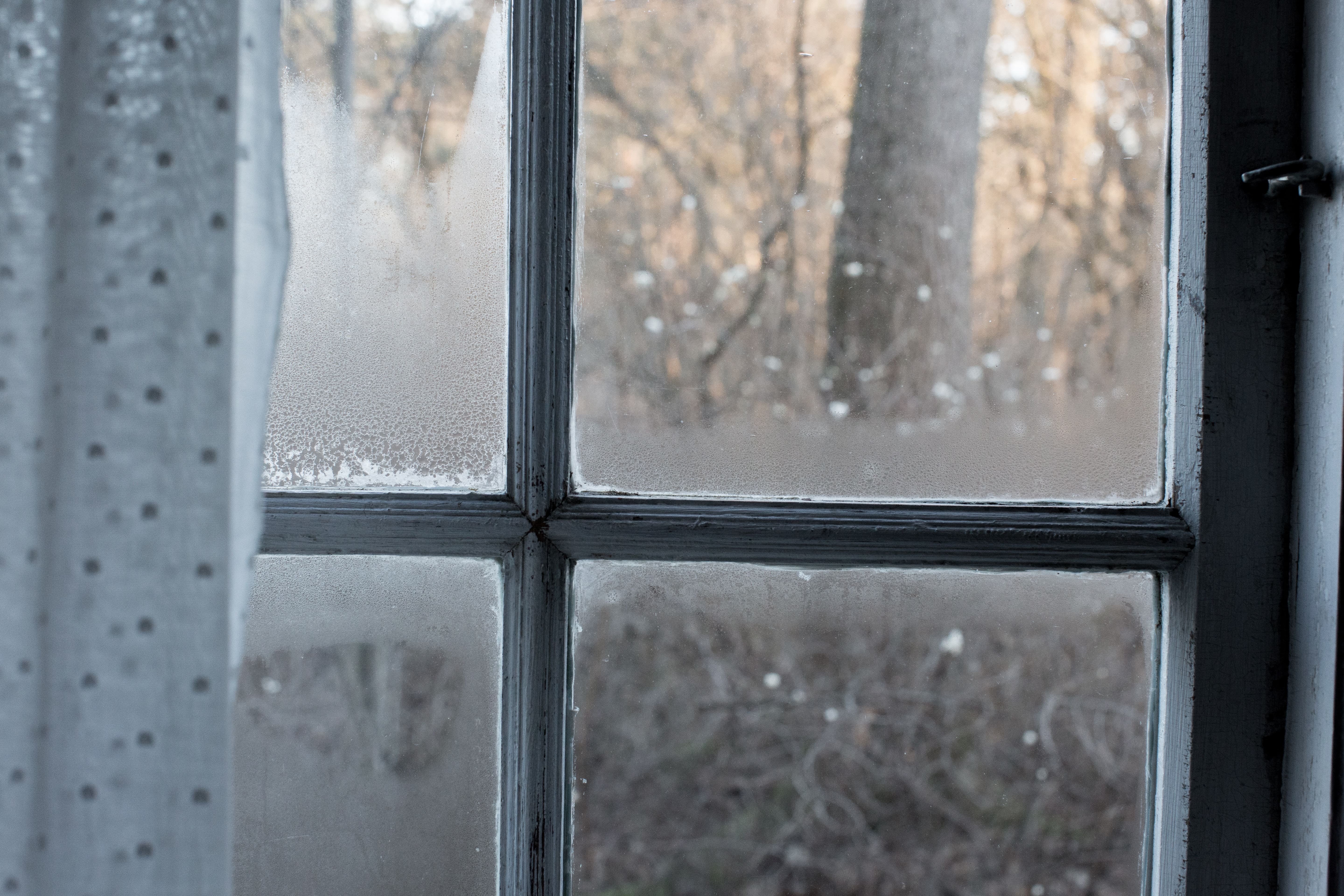For many, underfloor heating isn’t an option. It’s expensive to install, and disruptive. Plus, many flats simply won’t allow it. So here’s some options for how to keep your floor warm without underfloor heating.
As a tiled or wooden floor is wonderfully on trend, and fabulous at keeping your home cool over the summer months. However, when the winter starts, there’s nothing quite as cold as a tiled floor on bare or socked feet.
Try Rugs
A quick and easy way to help with cold floors and chilly tiles is to incorporate a rug into your home.
Creating a barrier between your feet and the cold ceramics will give your feet some respite on wintery days. On top of that, using a rug which uses insulating fabrics such as wool will be even better. Read our guide on the best rugs to help with warming your home and reducing energy bills here.
When it comes to choosing a fibre that is insulating, wool is the best option for doing just that. A natural fibre, wool is dense and has thermal properties. Keeping your home warm in winter and cooler in the summer.
A wonderfully versatile and rich rug is this Seasons print rug by Morris and Co in a mustard hue crafted from 100% wool.
A rug can be rolled up and stored carefully in the summer months, to be brought out when the nights start to draw in. Breathing fresh air and bringing some warmth and comfort to these spaces.
Choose Warmer Flooring
If you’re searching for a flooring material that is warmer than your current tiles, you can look into a smaller renovation.
Changing the flooring you use can mean you can keep your floor warm without underfloor heating, with styles that can transform a space.
An unexpectedly warm choice, and one that is increasingly popular in interiors is cork board. This material has a lot of tiny air pockets that create the dimensional structure. These little air pockets help to insulate, preventing hot air from getting out and cold air from getting in.

It is also relatively easy to install, available in tiles and sheets that can be laid over almost any subfloor, as well as directly over existing flat floors in good shape. As with most flooring materials, thicker products will be better at holding in the heat.
Runners
For narrower rooms such as corridors, galley kitchens or smaller bathrooms – a rug may not be an option. This can be a dilemma, as these high traffic areas are often spaces chosen to use hard flooring. Exactly the flooring which can feel cool underfoot.
A high traffic area such as a corridor benefits from hard flooring as it means there is no wear and tear to carpeting and it’s easily cleaned of muddy footprints or just general build up.
In these spaces, you can use runners to keep your floor warm without underfloor heating beneath tiles.
As with rugs, opting for a wool fabric will help to insulate a space well. On top of it’s insulating properties, it is particularly resilient to wear and tear – making it ideal for these high-traffic spots. We recommend this gorgeous Orla Kiely Linear Stem Runner.
For a lighter and more natural take on a runner, try a material like Sisal which is a better all rounder for each season. Sisal is a plant fibre, making this option eco-friendly. Try a style like this Sisal Runner in Linen.
Keep Out Drafts
When it comes to tiles, they can easily get cold. With it being flooring, any cold air in the house will chill the floor drastically.
A cold breeze coming in from the bottom of a door or a window can see the tiles get a lot colder than if your room is well insulated.

Invest in strips that can cover up any draughty windows, you can get self-adhesive foam strips that are cheap and can improve the heat of a room. Alternatively, you can use a draught excluder that can slot next to the bottom of a door where a cool breeze can easily get in.
This will not only improve the overall temperature of your house, but will ensure the tiles won’t get cold. As once they are cold, it’s hard to warm them up again with the absence of underfloor heating.
Under Rug Heaters
A cheaper and easier alternative to keep your floor warm without underfloor heating is the use of under rug heaters.
The options for this can range from insulating pads, to chargeable heated options to sit underneath your rugs.
The variant where you need to have it plugged in does have a lead, but fitted underneath the rug can give underfloor heating where the rug is. Which can help to heat a cold and tiled floor space easily.
An option that is cost effective and uses less energy is a rug pad using insulating properties that can help to create an extra barrier to the cold flooring under a rug.
Thoughts?
So will you be adding in some needed heating facilities to keep your decor warmer than before? Let us know in the comments.




Leave A Comment